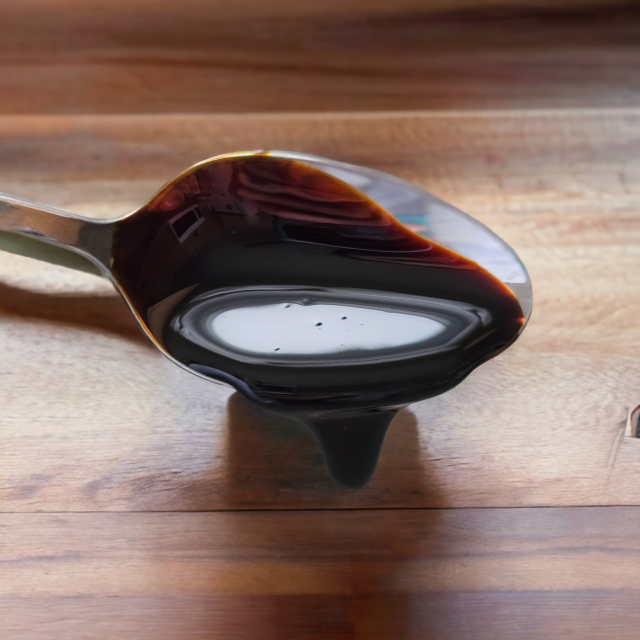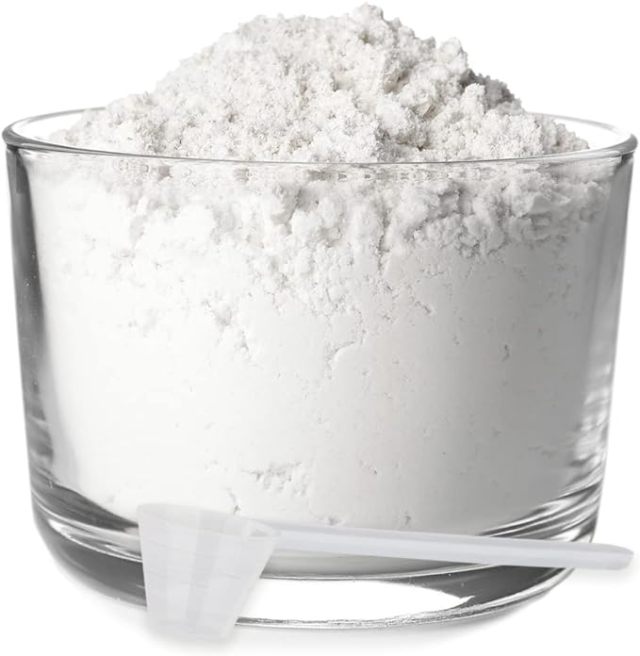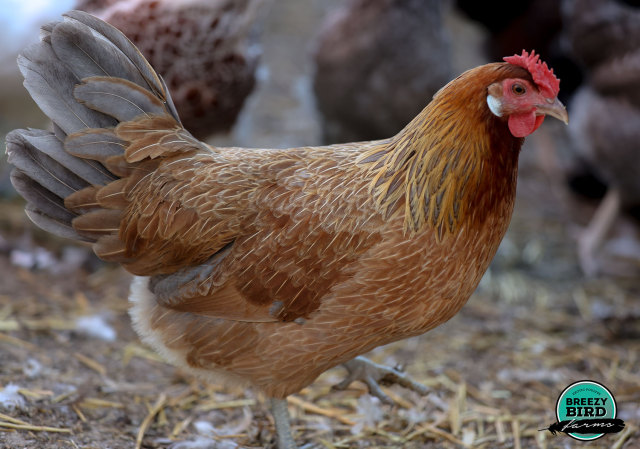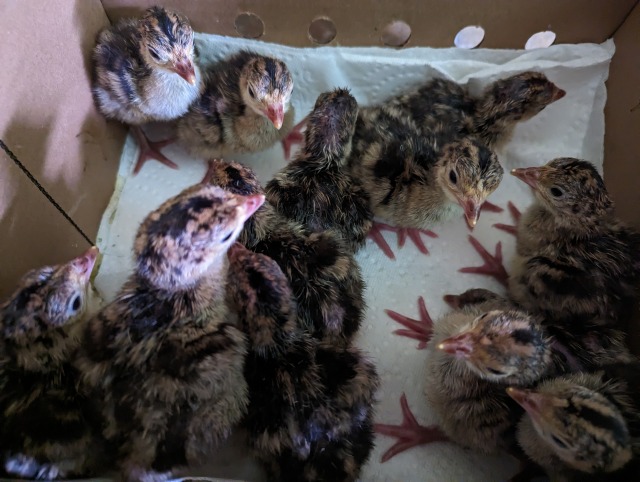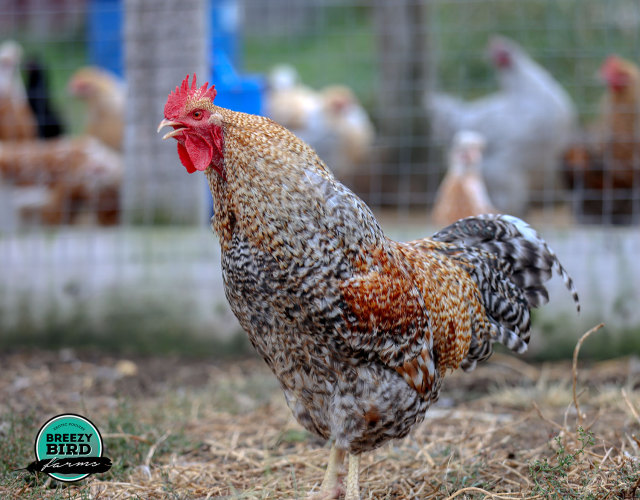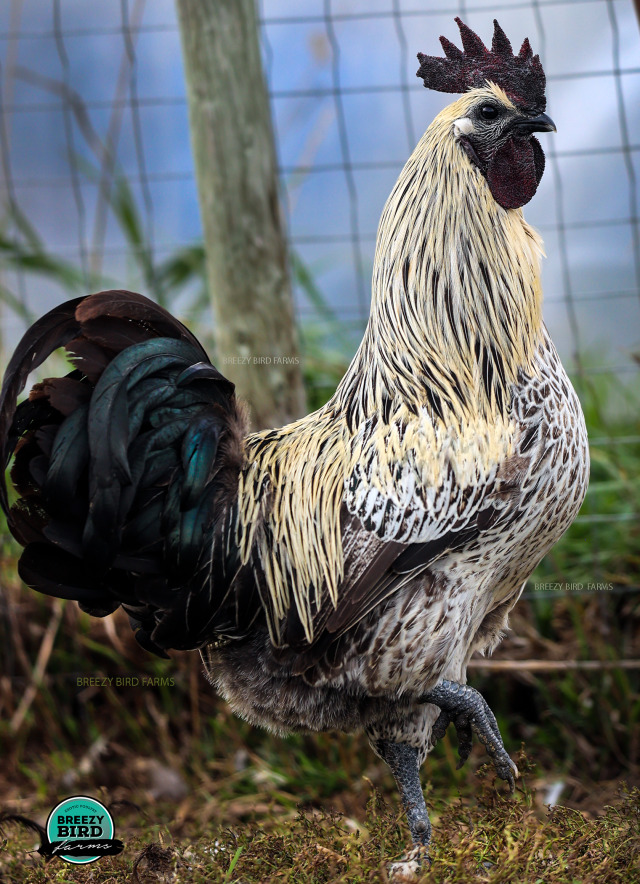Health Benefits of Raising and Eating Foraging Turkeys: A Sustainable Choice for the Environment

Ridley Bronze Turkeys, known for their exceptional flavor, offer a variety of health benefits not only for those who consume them but also for the environment when raised sustainably. These birds thrive in natural settings, foraging for an array of foods that contribute to their health and the quality of their meat. By understanding their foraging habits, we can appreciate the nutritional benefits they provide and the positive impact of raising them in a non-commercial, sustainable manner.
One key aspect of their foraging behavior is their preference for young grasses and tender leaves. These grasses provide essential fiber, aiding in digestion and promoting overall gut health. Different types of grasses, such as timothy, fescue, and ryegrass, can offer varied nutrients and benefits. For instance, fescue is known for its high fiber content, which can improve digestion, while ryegrass is rich in sugars and can provide a quick energy boost. When humans consume meat from turkeys that graze on diverse grasses, they often find it to be leaner and richer in beneficial omega fatty acids, vital for heart health. Raising turkeys in this way not only supports their well-being but also encourages a natural ecosystem on your property.

In addition to grasses, Ridley Bronze Turkeys thrive on a variety of seeds from flowers and weeds. These seeds are packed with carbohydrates and healthy fats, providing energy and essential nutrients. For consumers, turkeys that consume seeds often produce more flavorful and nutrient-dense meat. By raising your own foraging turkeys, you can ensure a diet that enhances their health and, in turn, the quality of the meat you enjoy.
Insects also play a critical role in their diet. These birds love to hunt for bugs and larvae, which serve as a favorite protein source. High in protein, insects support muscle growth and overall health in turkeys. For consumers, this translates into lean meat rich in essential protein, crucial for muscle repair and growth. By allowing turkeys to forage naturally, you create a balanced diet that benefits both the birds and your family.
Fruits, such as berries and apples, are delightful additions to their foraging repertoire. These fruits provide important vitamins, antioxidants, and hydration, which enhance the turkeys’ immune systems. When humans consume meat from fruit-foraging turkeys, they benefit from higher levels of antioxidants in the meat, helping to reduce inflammation and promote overall health.

Leafy greens, like clover and dandelion greens, also play a significant role in their diet. Rich in vitamins A and C, these greens promote healthy skin and feathers in the birds. Meat from turkeys that enjoy leafy greens can lead to increased levels of beneficial nutrients, supporting a healthier lifestyle for consumers.
Moreover, Ridley Bronze Turkeys can forage on a variety of wild herbs that grow naturally in the Canadian Prairies. For example, common plantain is known for its anti-inflammatory properties and can help support respiratory health. Wormwood, on the other hand, is recognized for its natural anti-parasitic properties, making it beneficial for keeping internal parasites at bay in the turkeys. This can be particularly important for maintaining their overall health and reducing reliance on chemical treatments.
Other beneficial wild herbs include yarrow, which is known for its wound-healing properties and can support immune function; nettles, rich in vitamins and minerals that promote vitality; and wild mint, which aids digestion and can help soothe gastrointestinal issues. Each of these herbs not only nourishes the turkeys but also adds unique flavors and health benefits to the meat consumed by humans.

Raising your own foraging turkeys offers numerous benefits for both animal welfare and human health. By choosing to rear these birds in a sustainable manner, you promote a diverse ecosystem that enhances their growth and well-being. This leads to healthier meat options for consumers—packed with essential nutrients and better flavor. Supporting sustainable farming practices not only contributes to the well-being of these animals but also promotes a healthier lifestyle for ourselves and a more balanced environment.

